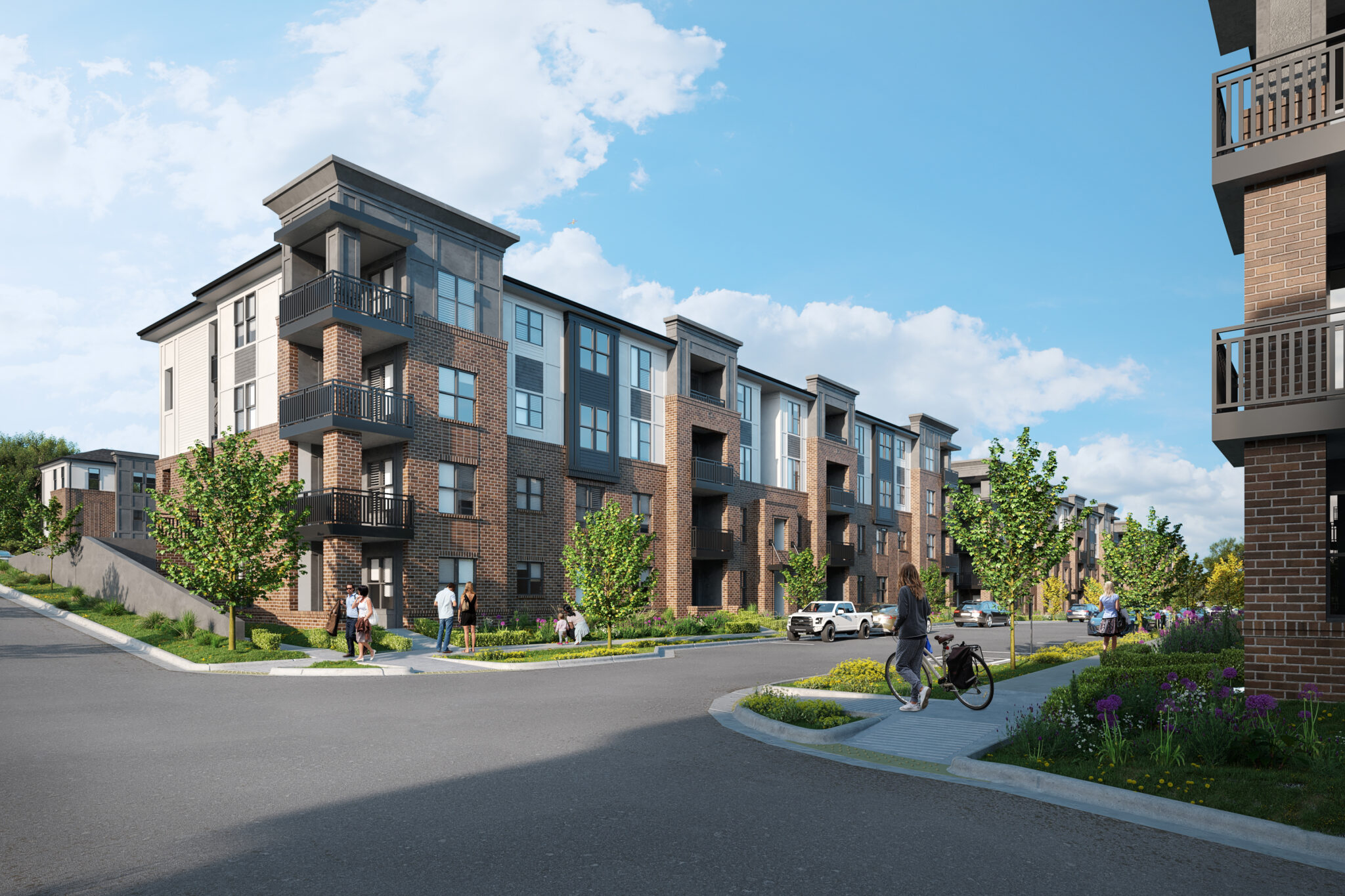The past years of commercial real estate were dominated by steady growth up until 2020. The unemployment rate remained relatively stable, hovering around 3 percent for the years 2016 through 2019. The stable employment rate resulted in a growth of effective rent prices year over year. Although there was a decrease in overall percentage occupancy in 2017, to below 95 percent, the rental market bounced back in subsequent years to reach upwards of 96 percent occupancy.
At the beginning of 2020, the anticipated forecast was continuing at the same trajectory. However, the COVID-19 pandemic has undoubtedly affected those initial forecasts. The effective rental rate saw a 1 percent drop, while the percentage occupancy saw a sharp decline to 94.1 percent – down from 96 percent during the same period in 2019.
This was primarily driven by a 6.5 percent decrease in the employment rate–translating to almost 1 million in job losses. This reduction in rent collection and occupancy rate did not affect the rate of construction of new multi-family properties as construction was up 29.1 percent.
2021 Multi-Family Real Estate Expectations
The early 2021 data has already seen a bounce back from the extreme lows of 2020. The effective rental rate has recovered the previous loss of 1 percent, with an anticipated growth of 4.1 percent by the end of 2021. This can be contributed to a more positive economic outlook as the employment rate has increased by 2.6 percent since the end of 2020.
The economic outlook for 2021 is flat, rebounding slightly near the end of the year and into the beginning of 2022. In terms of what this means for multi-family real estate development, it depends on the category the development falls into. There are four primary categories that real-estate developments fall into, including:
• Counter-Cyclical – Properties benefiting from the effect of the pandemic.
• Accelerated Change – Properties already struggling before the pandemic are seeing those changes more rapidly.
• Fundamental Change – Properties that have proven to be obsolete. Including commercial real estate developments like office spaces as the pandemic has shown the effectiveness of working from home.
• Speedbumps – Properties that have been consistently operating before the pandemic will see a negative downturn, but will ultimately return to normal over time.
Multi-Family Development Outlook In North Carolina
residential real estate developmentMulti-family developments appear to fall into the speedbump category. Many of these developments, particularly in major cities, have faced an increase in unoccupied units. A shift occurred in these major city centers and many of its inhabitants left due to the lockdown which reduced the draw of these 24-hour type cities. While the shift negatively affects multi-family real estate, single-family dwellings in smaller to mid-sized cities benefiting from this migration.
However, this is only a temporary lull in occupancy percentages for multi-family developments. It is anticipated in North Carolina that the percentage of unoccupied units will rise to 10 percent by 2022. While this will cause a reduction in rental collections during this time, the decline in occupied multi-family properties is expected to peak in 2022, and then it will begin to return to normal over the subsequent years.
The Bottom Line
While the outlook for 2021 is not expected to be a massive growth year, there are still many aspects to look forward to this year.
2021 has already seen a bounce back from the low employment rate and effective rent rates of 2020. This is expected to increase over the year. As mass vaccinations curb the spread of COVID-19, the resulting improved economic stability will help recoup the losses of 2020.
In terms of multi-family developments, the country is on track to get back to some semblance of normalcy. The fiscal recoveries over this year will be able to set up the returned positive growth expected for 2022 and beyond.
For more information about the state of multi-family developments, acquisition or to get in touch with us, contact the professionals at Catalyst Capital Partners today.

